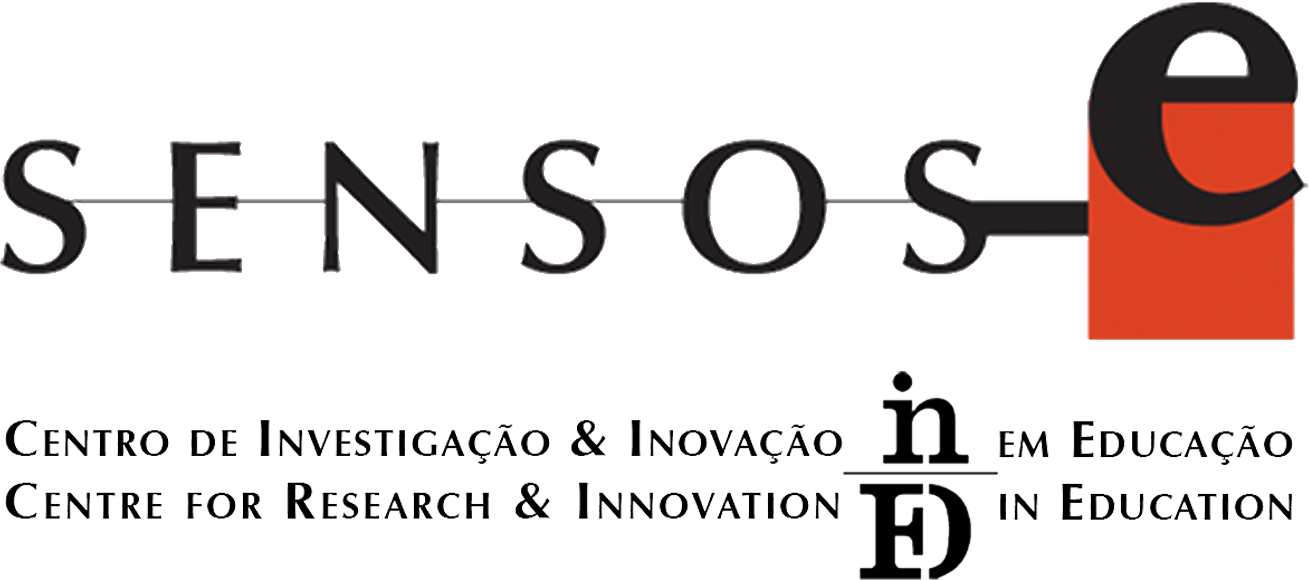Discovering the Modeling Bar strategy of the “Singapore Method” (MS): A didactic experience in the 1st CEB
DOI:
https://doi.org/10.34630/sensose.v9i2.4146Keywords:
Mathematics in context, Problem solving, Modelling Bar, "Singapore Method", Knowledge articulationAbstract
This research was developed in the scope of Mathematics in Context and its main objective was to understand how communication and mathematical reasoning are developed in 2nd grade children, in the process of problem solving in which the main strategy is the modelling bar, used in the "Singapore Method" (MS).
The study was based on a didactic sequence and tried to answer the following problem: How does the modelling bar strategy of the MS influence the ability to solve contextualised problems related to addition, subtraction and multiplication in 2nd grade children? Following an action-research methodology and a qualitative approach, the study was developed in a class with 21 students, with an average age of 7 years old.
The didactic sequence included seven formative situations, which began with the dramatization of a story and promoted the exploration of the modelling bar strategy and the manipulation of materials.
After the implementation of the investigation, it was observed that the children acquired and mobilised mental calculation strategies, revealed other learning skills and new abilities to successfully solve several mathematical problems.
Downloads
Published
How to Cite
Issue
Section
License
Copyright (c) 2022 Inês Pessoa, Dárida Fernandes, Paula Flores, Isabel Fernandes

This work is licensed under a Creative Commons Attribution-NonCommercial-ShareAlike 4.0 International License.



